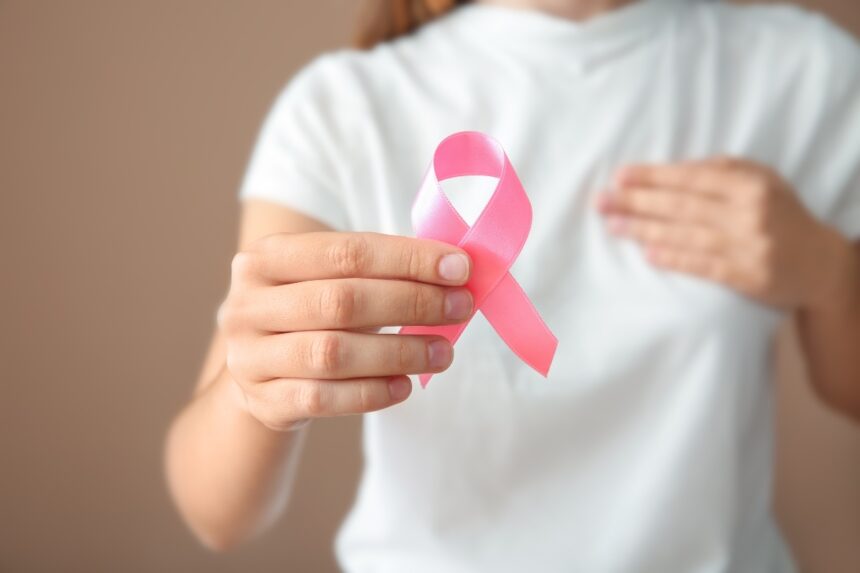Breast cancer is one of the most prevalent and widely recognized forms of cancer affecting women worldwide. Early detection plays a pivotal role in improving the prognosis and outcomes for individuals diagnosed with breast cancer. In this blog, we will explore the essential information you need to recognize the early signs and symptoms of breast cancer, empowering you to take charge of your breast health.
The Importance of Early Detection
Breast cancer is often treatable when detected at an early stage. Regular breast self-exams, clinical breast exams by healthcare professionals, and mammograms are crucial tools for early detection. Knowing the signs and symptoms can further enhance your vigilance and lead to timely medical attention if needed.
Recognizing the Signs and Symptoms
Lump in the Breast or Underarm:
The most common sign of breast cancer is the discovery of a lump in the breast or underarm. These lumps are often painless but should be evaluated promptly. It’s essential to note that not all breast lumps are cancerous; many are benign (non-cancerous). However, any new lump should be assessed by a healthcare provider.
Changes in Breast Shape or Size:
Keep an eye on any noticeable changes in the shape or size of your breasts. This may include one breast becoming larger or lower than the other or changes in breast contour.
Skin Changes:
Look for changes in the appearance of your breast skin. This may involve redness, dimpling, puckering, or the development of an orange-peel texture. Such changes can be indicative of breast cancer and should not be ignored.
Nipple Changes:
Pay attention to any changes in your nipples, such as inversion (when the nipple turns inward), discharge (other than breast milk), or scaling and flaking of the nipple or breast skin.
Breast Pain:
While breast pain is a common concern, especially during menstruation, persistent and unexplained breast pain should be discussed with a healthcare professional.
Nipple Retraction:
If you notice your nipple retracting or pointing inward (inversion) without any apparent cause, consult a healthcare provider.
Swelling or Thickening:
Breast cancer can cause thickening or swelling in the breast tissue, which may not always be accompanied by a lump.
Unexplained Weight Loss:
Sudden and unexplained weight loss can sometimes be a sign of advanced breast cancer.
Remember that these signs and symptoms can vary from person to person, and not all individuals with breast cancer will experience all of them. Additionally, some benign breast conditions may present with similar symptoms. Therefore, it’s essential not to jump to conclusions based solely on symptoms but to consult a healthcare provider for proper evaluation.
Regular Breast Self-Exams
Performing regular breast self-exams is a proactive way to monitor your breast health. Here’s a simple guide to performing a breast self-exam:
Stand in front of a mirror with your arms at your sides. Look for any changes in the shape or appearance of your breasts, including dimpling, swelling, or skin texture.
Raise your arms overhead and observe your breasts in different positions.
Gently squeeze each nipple to check for any discharge.
Lie down on your back and use your opposite hand to examine each breast systematically. Use the pads of your fingers to feel for lumps, thickening, or other changes. Move in a circular pattern, covering the entire breast and underarm area.
Pay close attention to any areas that feel different or appear abnormal during your self-exam.
Conclusion
Understanding the signs and symptoms of breast cancer and performing regular breast self-exams are vital steps in early detection. Early diagnosis can lead to more effective treatment options and better outcomes. Remember that breast changes may not always indicate cancer, but they should be evaluated by a healthcare professional. Be proactive about your breast health, and if you notice any unusual changes, seek medical advice promptly. Regular screening and awareness are your best allies in the fight against breast cancer.







